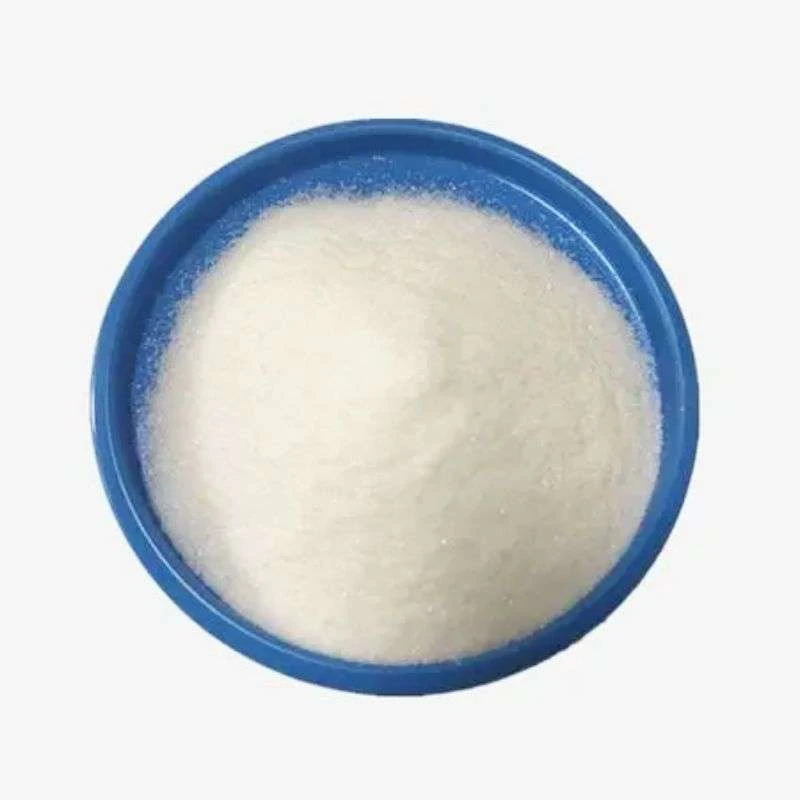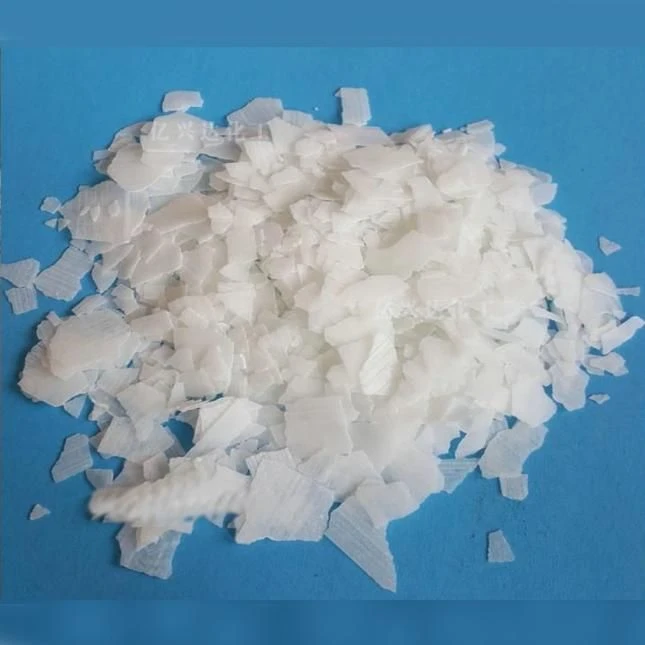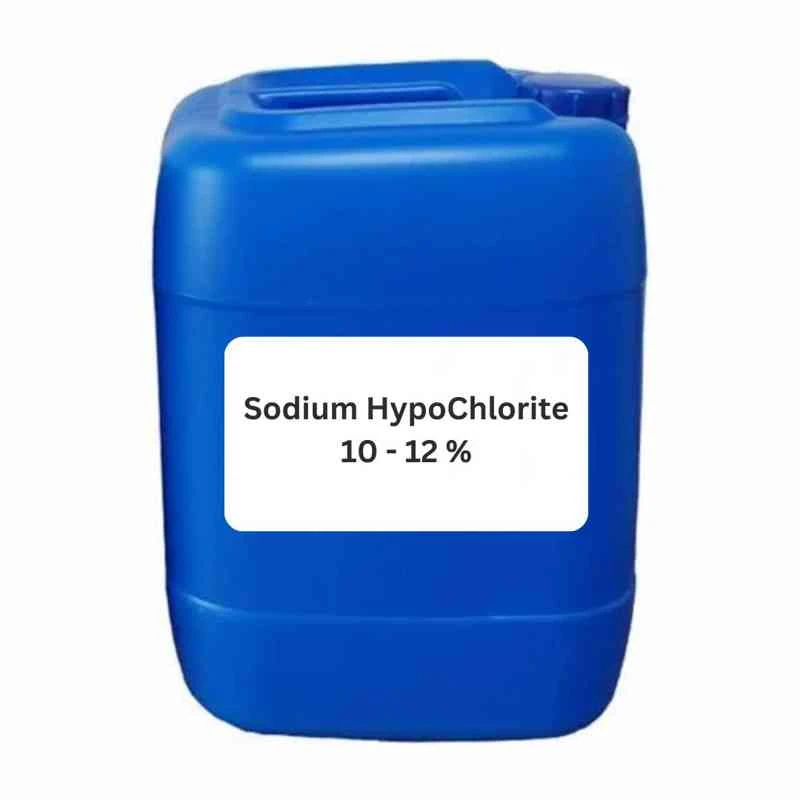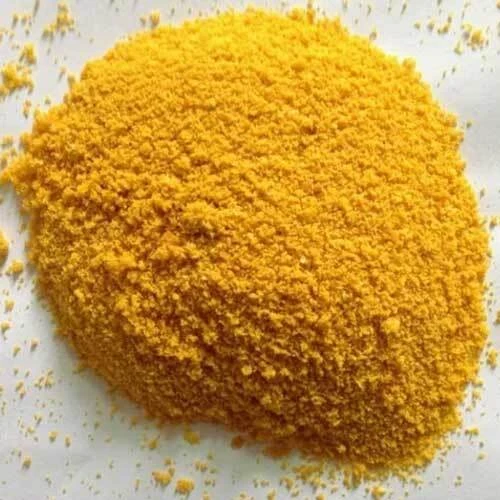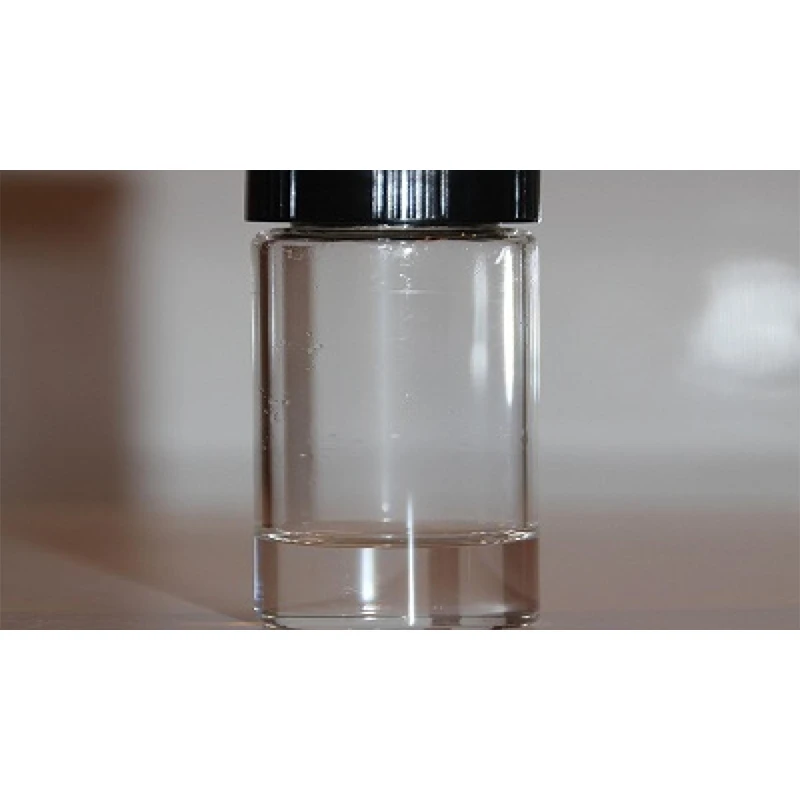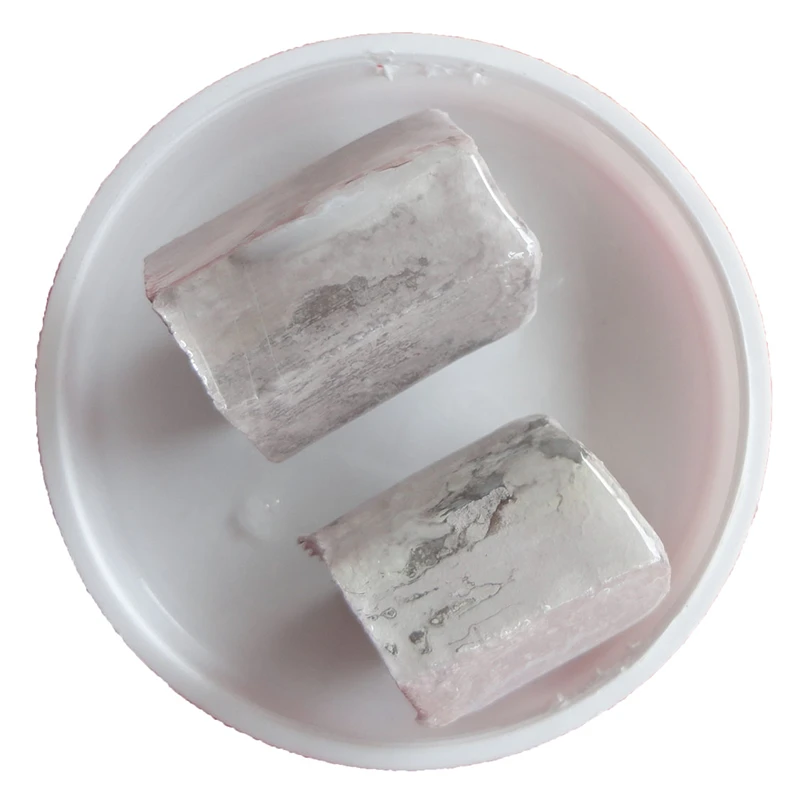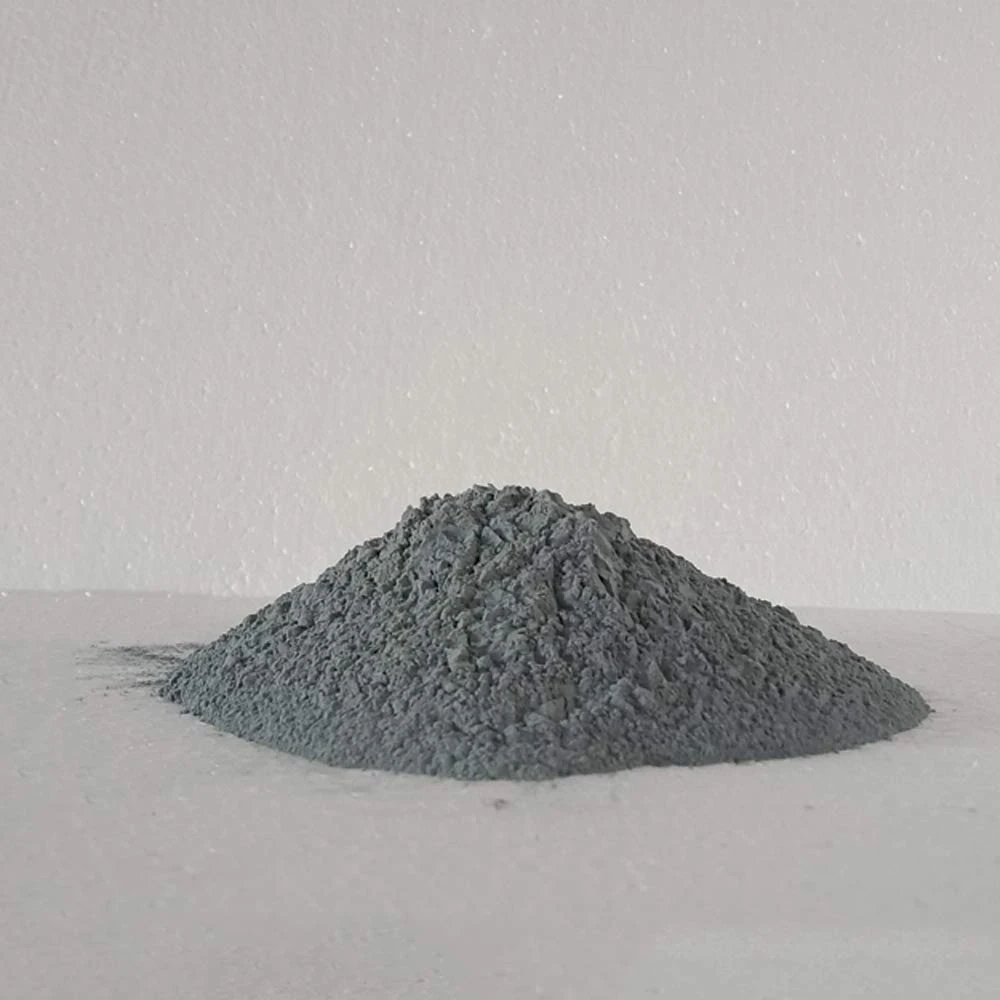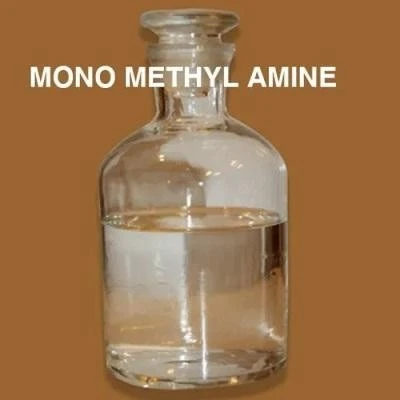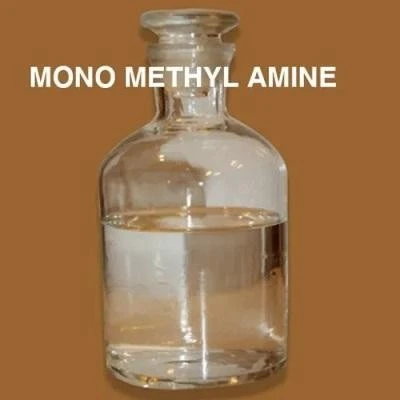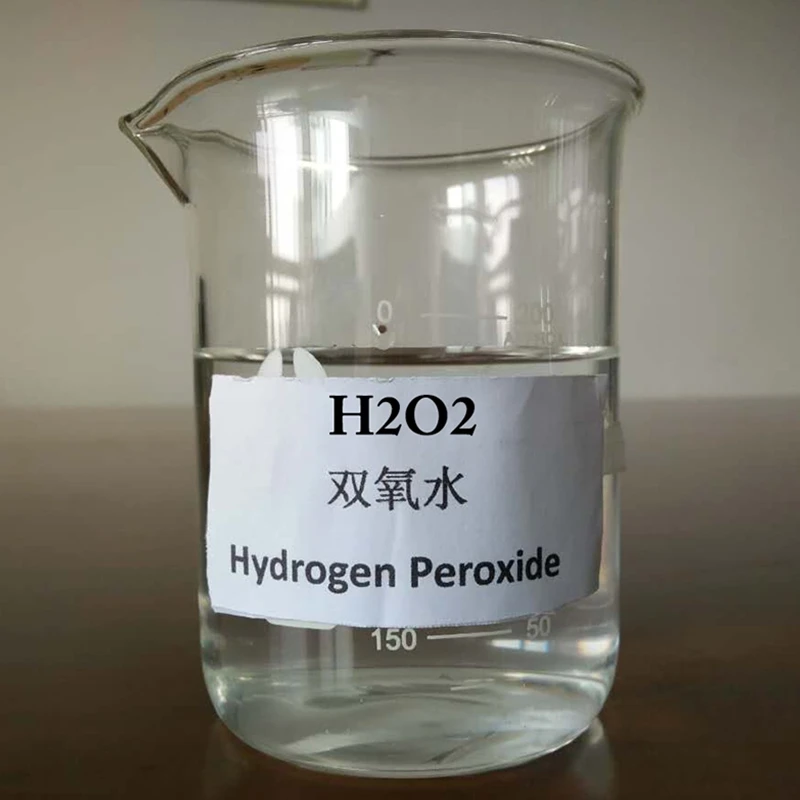
Prothioconazole Fungicide – Advanced Crop Protection Solutions
As prothioconazole continues to redefine standards in crop protection, its innovative chemistry, proven efficacy, and rapid adoption have made it a cornerstone fungicide in global agri-industries. This article delves into the latest trends, manufacturing technology, rigorous standards compliance, and real-world case studies of prothioconazole and its combinations, providing a comprehensive resource for professionals seeking excellence in disease management.
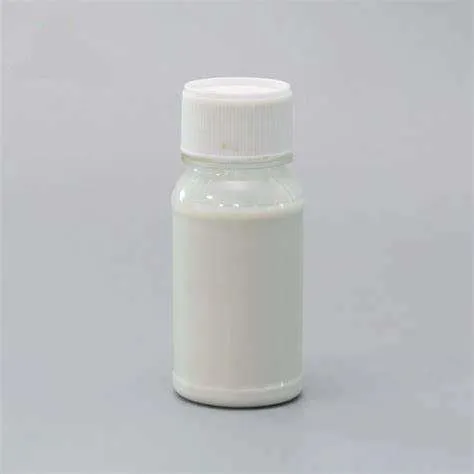 Figure 1: prothioconazole fungicide field application in wheat
Figure 1: prothioconazole fungicide field application in wheat
1. Industry Trends & Market Dynamics of Prothioconazole Fungicide
Prothioconazole, a triazolinthione fungicide, has witnessed exponential demand across cereal, oilseed, and specialty crop markets from 2019 onward. According to IHS Markit, the global prothioconazole fungicide segment grew at a CAGR of 8.5% (2019-2023), underpinned by its robust efficacy against key pathogens such as Fusarium, Septoria, and Ramularia.
The combination products, such as prothioconazole trifloxystrobin, extend efficacy spectrum, delivering multisite protection and resistance management. Regulatory bodies, including the EPA, EFSA, and China's Ministry of Agriculture, recognize prothioconazole products as essential tools compliant with international MRLs and eco-toxicological standards.
Key Market Indicators (2024):
- Market Share: Prothioconazole-based products account for 18% of azole fungicide global sales (Source: Phillips McDougall, 2024)
- Industry Adoption: 79 countries registered prothioconazole and/or its mixtures in national plant protection programs.
- New Formulations: Sustainable, low-drift, and tank-mix-ready prothioconazole products are in rapid development.
2. Product Specification & Parameters: Prothioconazole Products Overview
| Parameter | Value / Range | Significance |
|---|---|---|
| CAS No. | 178928-70-6 | Global chemical traceability |
| Formulation Types | EC 250 g/L, SC 250-300 g/L, WG, mixtures (trifloxystrobin, tebuconazole) | Flexibility to agronomic needs |
| Purity | >98.5% (technical), 25-40% (formulated) | Ensures high efficacy and minimal residues |
| pH Stability | 4~8 | Stable across standard agricultural tank mixes |
| Molecular Weight | 378.3 | Relevant for formulation and application |
| WHO Class | III (Slightly Hazardous) | Improved operator safety |
| Residual Activity | Up to 3-4 weeks in field conditions | Extended crop protection window |
| Storage Conditions | Dry, cool, ventilated; 2-3 years shelf life | Quality assurance for distributors/farmers |
 Figure 2: prothioconazole products manufacturing facility (ISO 9001 certified)
Figure 2: prothioconazole products manufacturing facility (ISO 9001 certified)
3. Prothioconazole Manufacturing Process: From Raw Material to Finished Fungicide
Learn more about Prothioconazole Production Process ▶
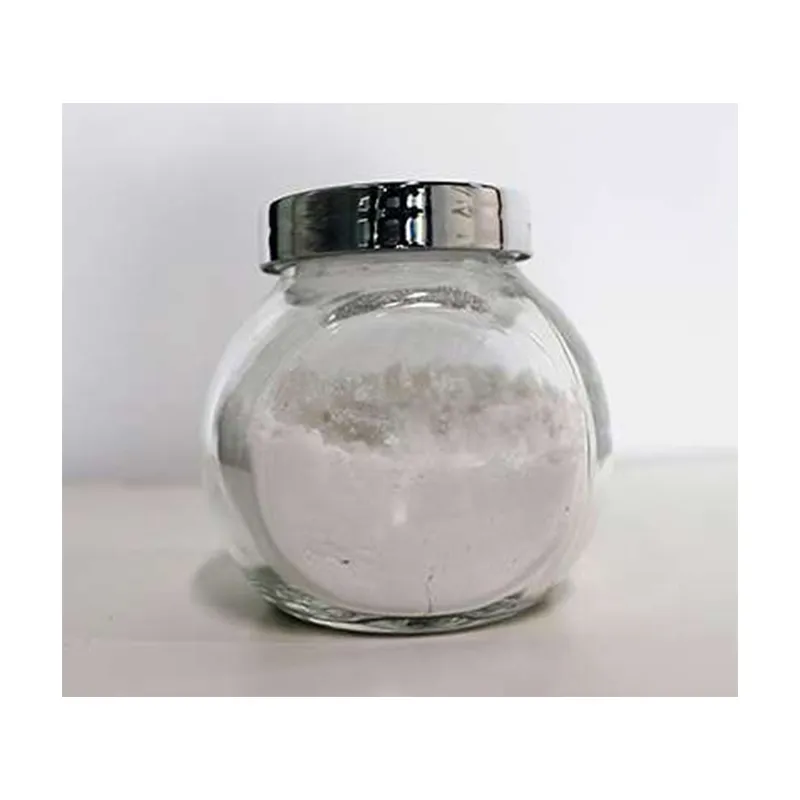
- Step 1: Material Selection — Adopt high-purity dichloro-thiophenol, propenyl intermediates, and pharmaceutical-grade solvents to ensure chemistry integrity.
- Step 2: Synthesis & Reaction Control — Precision-controlled batch reactors, monitored by in-line sensors, yield optimal conversion rates (≥95%).
- Step 3: CNC Purification — Automated centrifugation and filtration guarantee sub-micron particulate elimination, critical for EC/SC stability.
- Step 4: Formulation Blending — PLC/SCADA-driven lines for exact mixing with co-formulants (trifloxystrobin, surfactants) for robust prothioconazole trifloxystrobin products.
- Step 5: Quality Control — LC-MS/MS, FTIR, and UV spectroscopy employed per ISO 9001:2015, FAO/WHO specifications. All lots possess full batch traceability and are subjected to storage simulation (40°C/6 months) to test product longevity.
- Step 6: Packaging & Logistics — UN-approved HDPE, aluminum foil lining, and tamper-evident seals for safe global transit.
Technical Specifications Table (2024 Batch Sample)
| Criteria | Prothioconazole Technical | Prothioconazole 250SC | Prothioconazole Trifloxystrobin 325SC |
|---|---|---|---|
| Active Content (%) | ≥98.8 | 25.0±0.3 | Pro: 12.5, Tri: 32.5 |
| Appearance | Off-white crystalline powder | Milky white liquid | Pale yellow suspension |
| Water Content (%) | ≤0.5 | ≤0.75 | ≤0.8 |
| pH (1% soln) | 6.7 | 6-8 | 6-7.5 |
| Suspensibility (%) | - | ≥97 | ≥95 |
| Compatibility (Tank Mix) | Good | Excellent | Excellent |
| ISO/ANSI Compliance | ISO 9001, FAO, ANSI Z400.1 | ISO 9001, FAO | ISO 9001, FAO, ANSI/NSF |
4. Application Scenarios: Where Prothioconazole Fungicide Excels
- Cereals (Wheat, Barley): Leading global fungicide for Fusarium head blight, Septoria, rusts. Field trials (Bayer CropScience 2023) show a 47% yield loss reduction versus untreated, outperforming traditional tebuconazole by 7-12%.
- Oilseeds (Rapeseed, Canola): Effective against Sclerotinia stem rot, Alternaria; extended residual protection ensures pod integrity at harvest.
- Soybeans, Corn: Combined prothioconazole trifloxystrobin products provide broad-spectrum coverage and maximize resistance management.
- Turf & Ornamentals: Low phytotoxicity and excellent rainfastness make it ideal for golf courses and high-value landscapes.
- Advanced DMI mode of action (sterol demethylation inhibition, FRAC Group 3)
- Systemic & translaminar action—provides true preventive and curative efficacy
- Tank-mix flexible with triazoles, strobilurins (e.g., prothioconazole trifloxystrobin), and biological adjuvants
- Minimal impact on beneficial microflora and pollinators under recommended rates
- Meets global residue tolerance (Codex Alimentarius & EFSA)
- Proven cost-per-acre savings versus multi-spray programs
 Figure 3: prothioconazole trifloxystrobin application in oilseed crop demonstration plot
Figure 3: prothioconazole trifloxystrobin application in oilseed crop demonstration plot
5. Prothioconazole: Technical Superiority, Manufacturer Comparison & Customization
| Manufacturer | Technical Purity (%) | QA Standard | Main Formulations | Service (Years) | Global Registration |
|---|---|---|---|---|---|
| DF Chem Pest (Product Link) | ≥98.8 | ISO 9001, FAO/WHO | 250SC, Trifloxystrobin 325SC, WG | 25+ | USA, EU, LATAM, APAC, Africa |
| Bayer CropScience | ≥98.5 | ISO 9001, EPA, EFSA | Propulse®, Folicur® | 100+ | All major markets |
| SYNTECH Agro | ≥98.0 | ISO 9001, ASEAN | 250SC, mixtures | 18 | SE Asia, MEA, Turkey |
| UPL Limited | ≥97.8 | FAO, Indian BIS | SC, WG | 34 | Asia, Africa, LATAM |
DF Chem Pest stands out by offering fully customizable prothioconazole products with tailored co-formulants, packaging aesthetics, and regional labeling approved by multi-national clients (Bunge, COFCO, Yara, Amaggi). The company has invested in integrated R&D labs, pilot trial field stations, and rapid logistics, ensuring late-stage disease rescues or in-season supply chain surges are handled without efficacy compromise.
6. Case Studies & Real-World Feedback: Prothioconazole Application
6.1. Wheat Fusarium Head Blight Control (Canada, 2023)
- Situation: Severe wet season, Fusarium pressure exceeding 35% field infection (source: Manitoba Crop Surveillance).
- Solution: Split application of prothioconazole 250SC, 0.7 L/ha at flowering + prothioconazole trifloxystrobin 0.6 L/ha at flag leaf.
- Effect: Disease index reduced by 89%, DON toxin level cut by 56%, yield gain of 1.8 t/ha (vs. non-treated).
- Grower Feedback: “Disease control and grain quality were exceptional, even with late high-pressure infection. Sprayer cleanout and operator safety measures met all regulatory norms.”
6.2. Oilseed Rape (Europe, 2022)
- Farm: 380 ha, Germany, Sclerotinia-prone region.
- Approach: One-pass prothioconazole trifloxystrobin at early flowering, 0.8 L/ha.
- Outcomes: Pod integrity maintained 99%, reduction in sclerotinia lesions by 78%, pod shatter visually reduced.
- Operator Notes: “Product exhibited zero phytotoxicity and stuck well after 10mm rainfall event—reapplication not necessary and program cost effective.”
6.3. Custom-Prepared Prothioconazole Product (Australia, 2023)
- Customer: Leading contract spray service; required high-suspension concentrate.
- Solution: DF Chem Pest developed a 350SC custom blend to suit their unique equipment. Yielded 2 extra tissue-penetrating days compared to market average, with no nozzle blockages reported across 6000 ha.
- Feedback: “Being able to specify adjuvant and pH options directly saved us downtime and off-label issues. Technical support highly responsive.”
7. FAQ: Prothioconazole Professional FAQ
Expert Technical FAQ about Prothioconazole Fungicide
8. Delivery, Warranty & Customer Support
Warranty: All shipments covered by a minimum 24-month product integrity warranty. Each lot delivered with full COA, batch traceability, and complies with FAO/WHO/ISO 9001 requirements.
After-Sales Support: Dedicated technical support available via online consultation, field troubleshooting, and annual customer training. Onsite trials and formulation optimization available for large clients.
- Digital MSDS/COA/live technical documentation download.
- 24/7 multilingual customer support team.
- ISO-compliant complaint response (within 24h).
9. References & Further Reading
- Phillips McDougall. (2024). “World Agrochemical Industry Overview”. iHS Markit Reports
- FRAC Mode of Action Classification. Fungicide Activity and Resistance Committee
- Codex Alimentarius: International Food Standards. FAO/WHO Codex
- Crop Science Forum and Food Security, 2023: “Prothioconazole resistance management strategies” Wiley.com
- Agriprofessionals Forum (Field Experiences): The Farming Forum
- Bayer Field Trials. (2023). “Prothioconazole efficacy on wheat and OSR”. CropScience.Bayer.com
- DF Chem Pest product documentation: Prothioconazole Official
-
Uncover the Benefits of Sodium ChlorateNewsJun.24,2025
-
Sodium for Sale: Your Essential ResourceNewsJun.24,2025
-
Raw Materials in Chemical IndustryNewsJun.24,2025
-
Potassium Hydroxide: Versatile Solutions for Your NeedsNewsJun.24,2025
-
Organic Pesticides and Chemical Raw Materials: Building a Sustainable FutureNewsJun.24,2025
-
Discover Premium Chlorine Tablets TodayNewsJun.24,2025
-
Zinc for Sale: Your Essential ResourceNewsJun.04,2025


